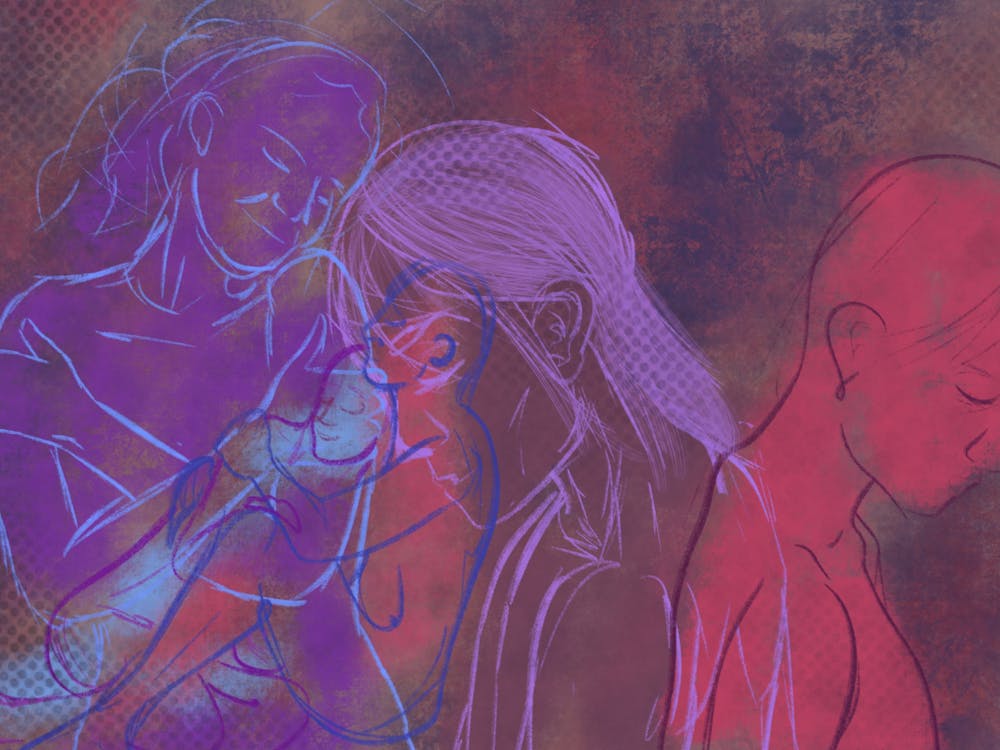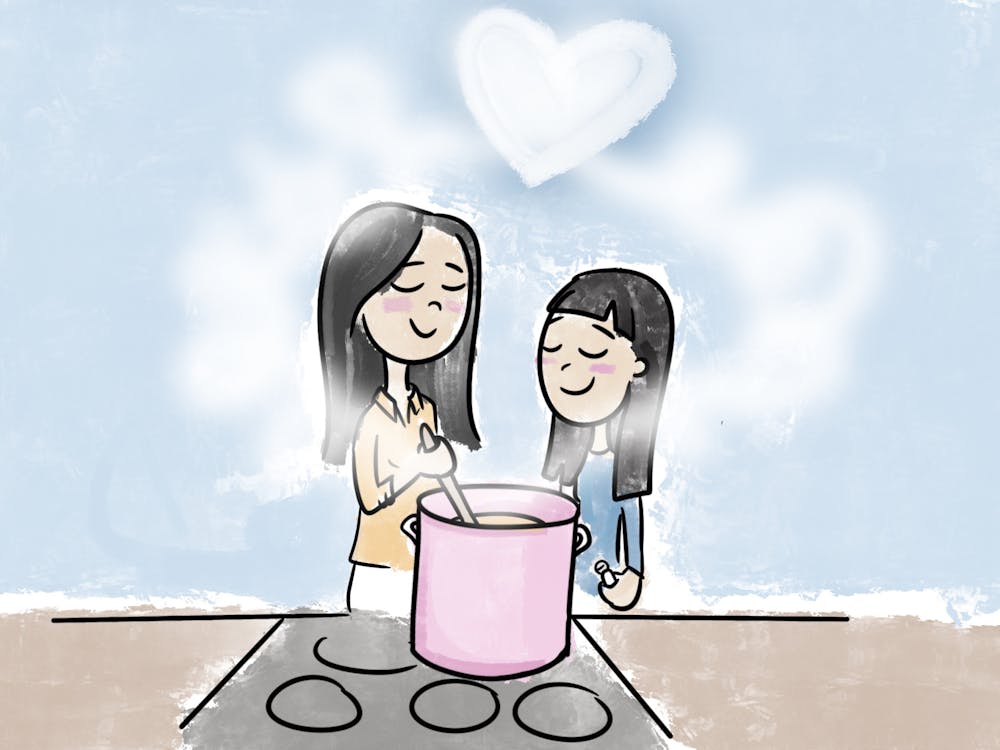Despite the explicit warning my psychology professor gave at the beginning of the year, I found myself sitting in class the other day with the overwhelming feeling his presentation was a personal diagnosis. As he described ruminative coping styles — a tendency, found most frequently in women, to constantly and chronically over-think causes or consequences of psychological distress — I was struck by how familiar the mechanism sounded.
This is not the first time I’ve felt more like a patient in a hospital than a student in a lecture hall. Learning about elements of Seasonal Affective Disorder, certain anxiety disorders or phobias and even cyclothymia have resonated with me in ways that make me stop to wonder, “Could I possibly have that?” I would be lying if I said I hadn’t spent my fair share of time perusing the diagnostic criteria in the Diagnostic and Statistical Manual of Mental Disorders, or, in more desperate times, WebMD.
My professor assured us this tendency towards self-diagnosis was normal, and a large portion of his students would fall victim to it during the course of the semester. While most of our self-diagnoses are results of of the priming lectures we sit through, my professor felt it was important to note statistics couldn’t lie: some of us would, or may already, be affected by mental illness of some kind. In an epidemiological catchment area study conducted in the 1980s, 32% of 200,000 surveyed participants had received a lifetime diagnosis of one of the disorders found in the Diagnostic and Statistical Manual.
College can create a pretty abnormal lifestyle for people. We don’t sleep, or we sleep too much, we have terrible eating habits, exhibit risk behavior and we’re subject to mood swings and irritability. While a large portion of behaviors exhibited by college students could probably be considered abnormal, and some even qualify as symptoms of a larger issue, isolated maladaptive actions are not equivalent to a psychological pathology.
I’ve noticed it's common for students to throw these labels around in casual conversation. College students constantly pathologizing behaviors that are, at the end of the day, exhibited by a large portion of the community does nothing to reduce the stigma attached to mental illness. In fact, it does the opposite. When a person characterizes his or her mood swings as “bi-polar,” or refers to a friend’s behavior as “sociopathic,” it trivializes the severity of those disorders.
We live in a time in which many diseases and disorders are written off as cries for attention, or are believed to be “all in your head,” when in fact, perceptions of another person’s mental illness and his or her belief in its legitimacy play a big part in the way in which the illness progresses. Symptoms worsen when a person who is suffering from depression believes his or her disorder is a bother to friends and family, or that others think that condition is fabricated.
In efforts to learn more about psychopathology, and understand the underlying causes and treatment options, it can be easy to fall into the habit of pathologizing behavior, or looking for disorder where there isn’t any. I learned this the hard way, sitting in my lecture hall, and wondering if I was suffering from any number of conditions displayed on the projector. For that reason, It’s important to consciously balance concern for one’s own mental health, especially in a stressful environment, with an understanding of and respect for the seriousness of mental illness.
Kristen's columns run biweekly Mondays. She can be reached at k.murtha@cavalierdaily.com.





